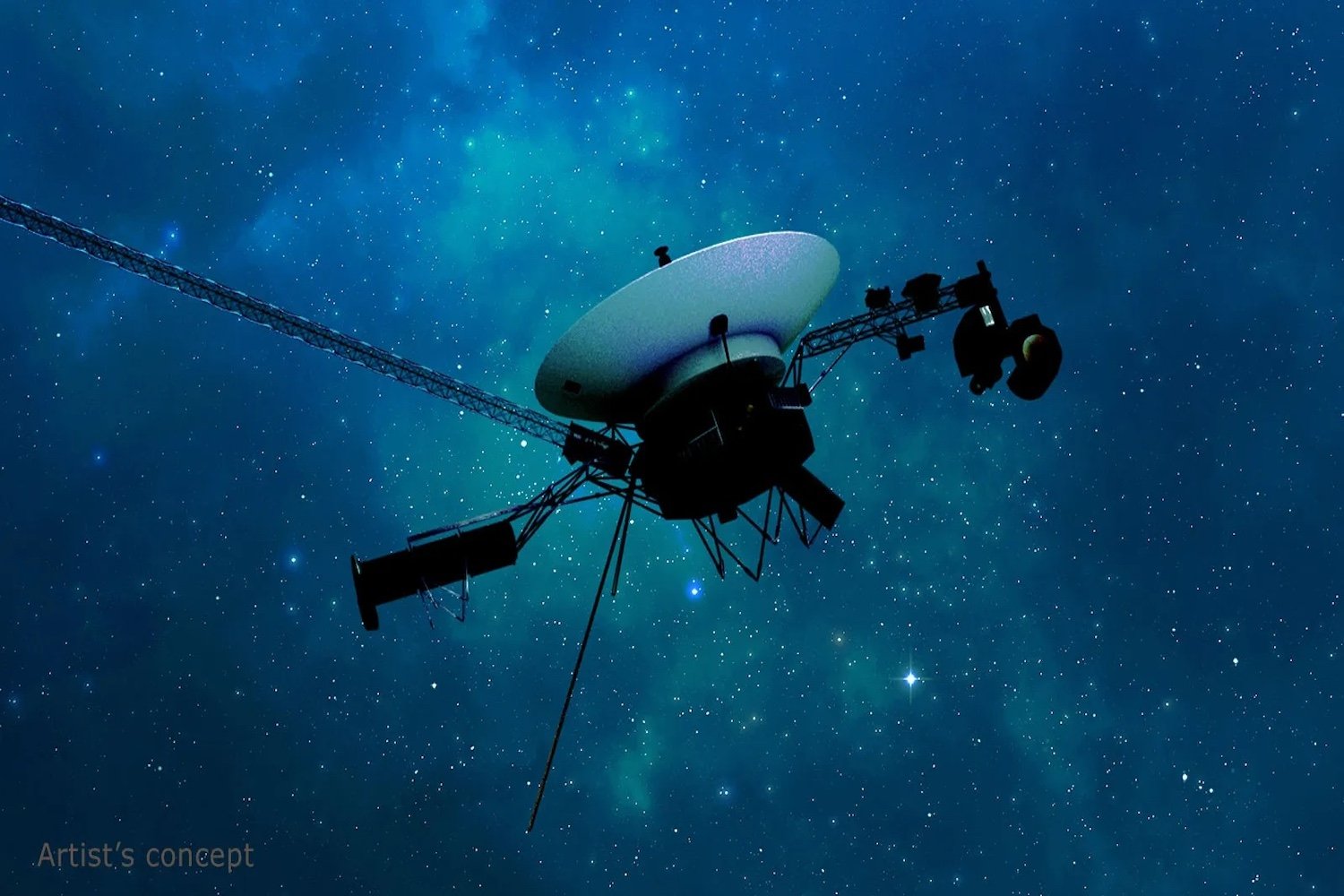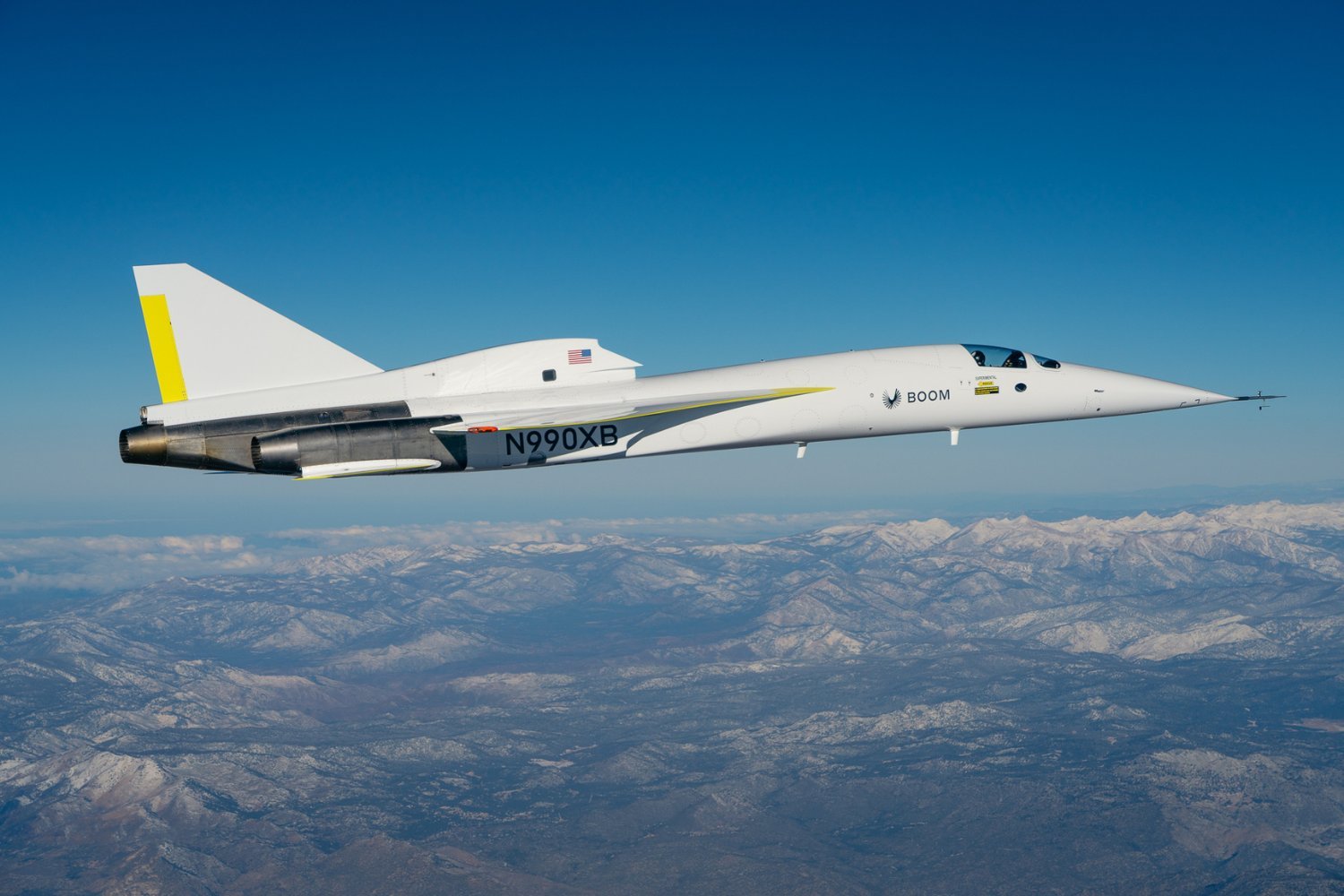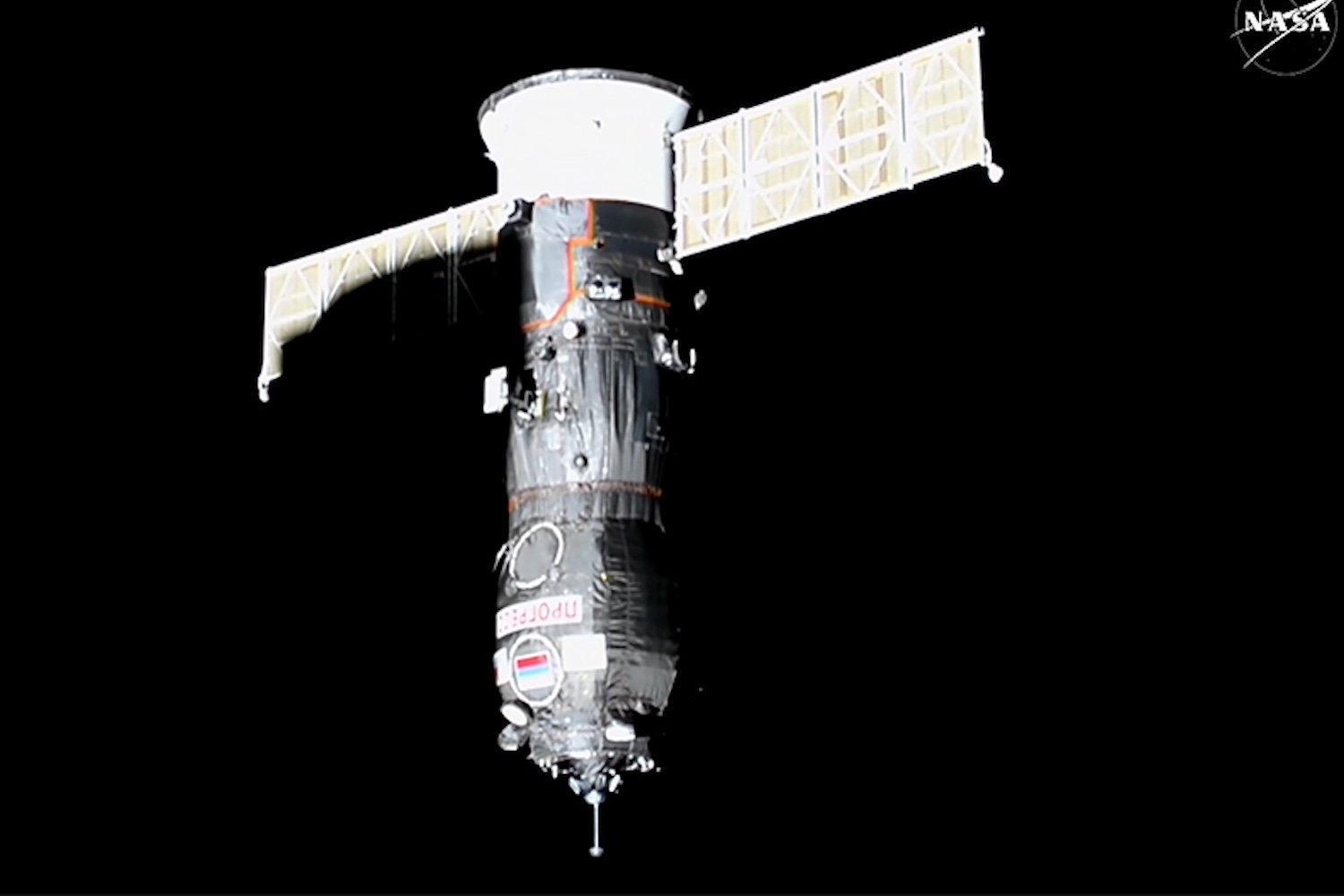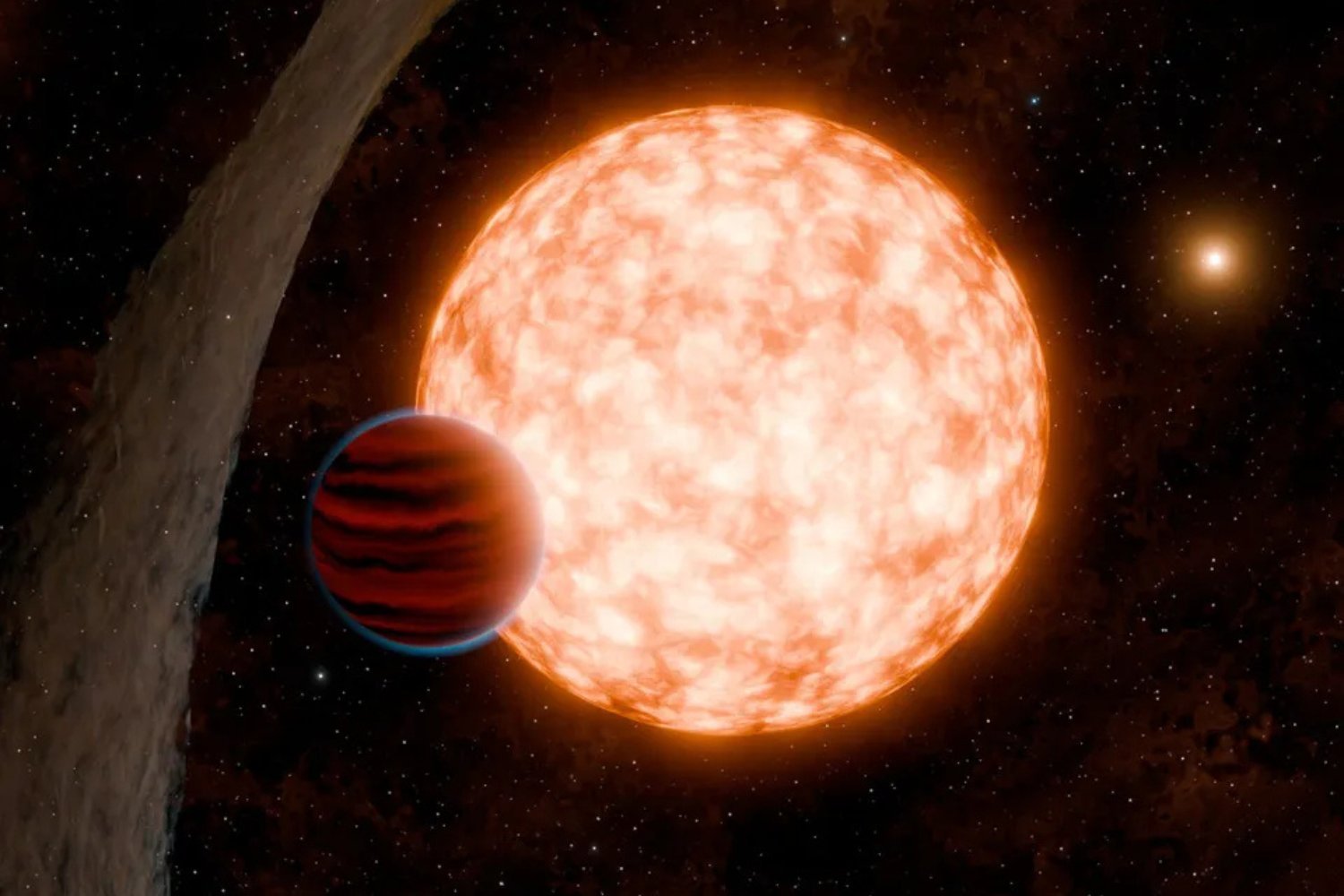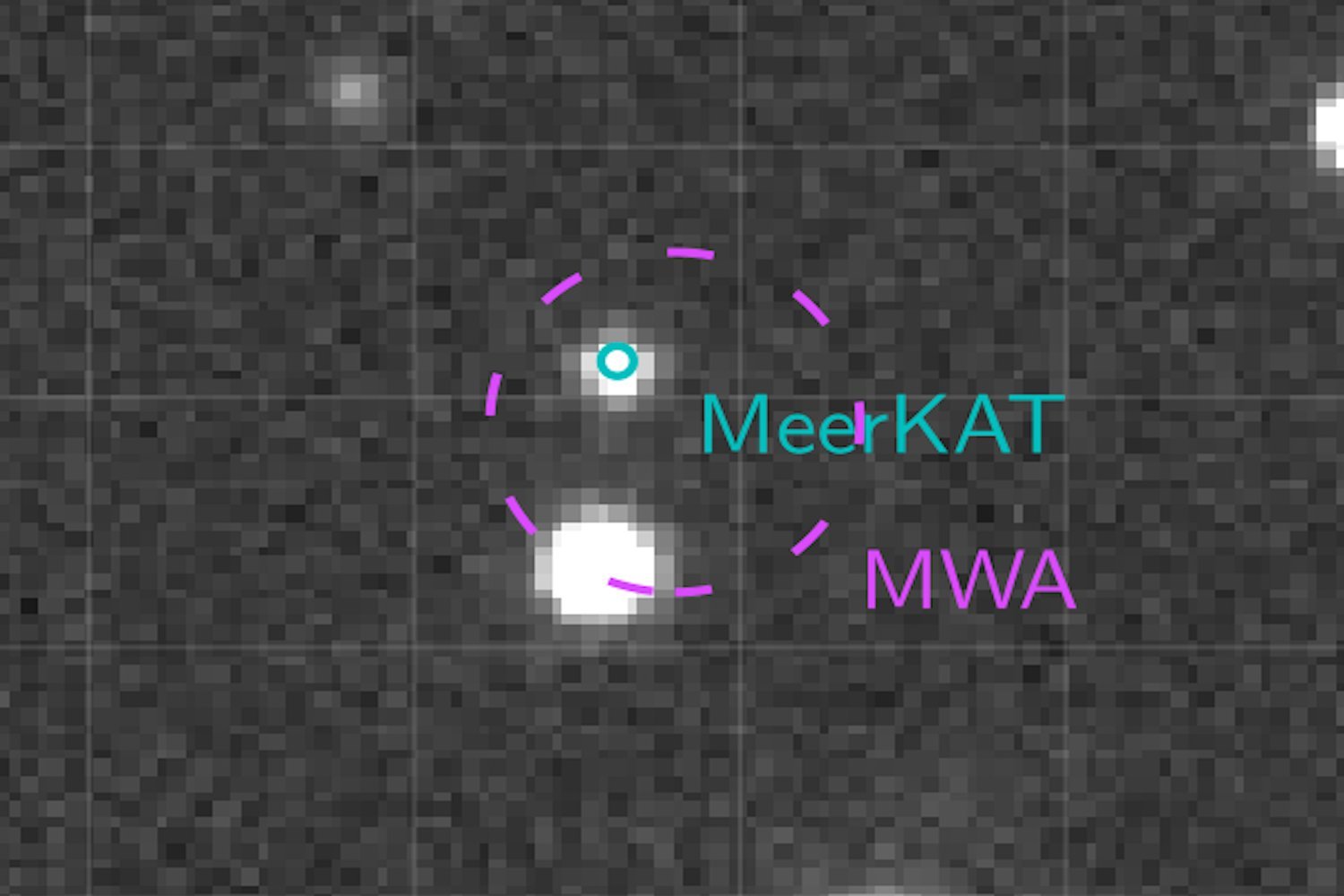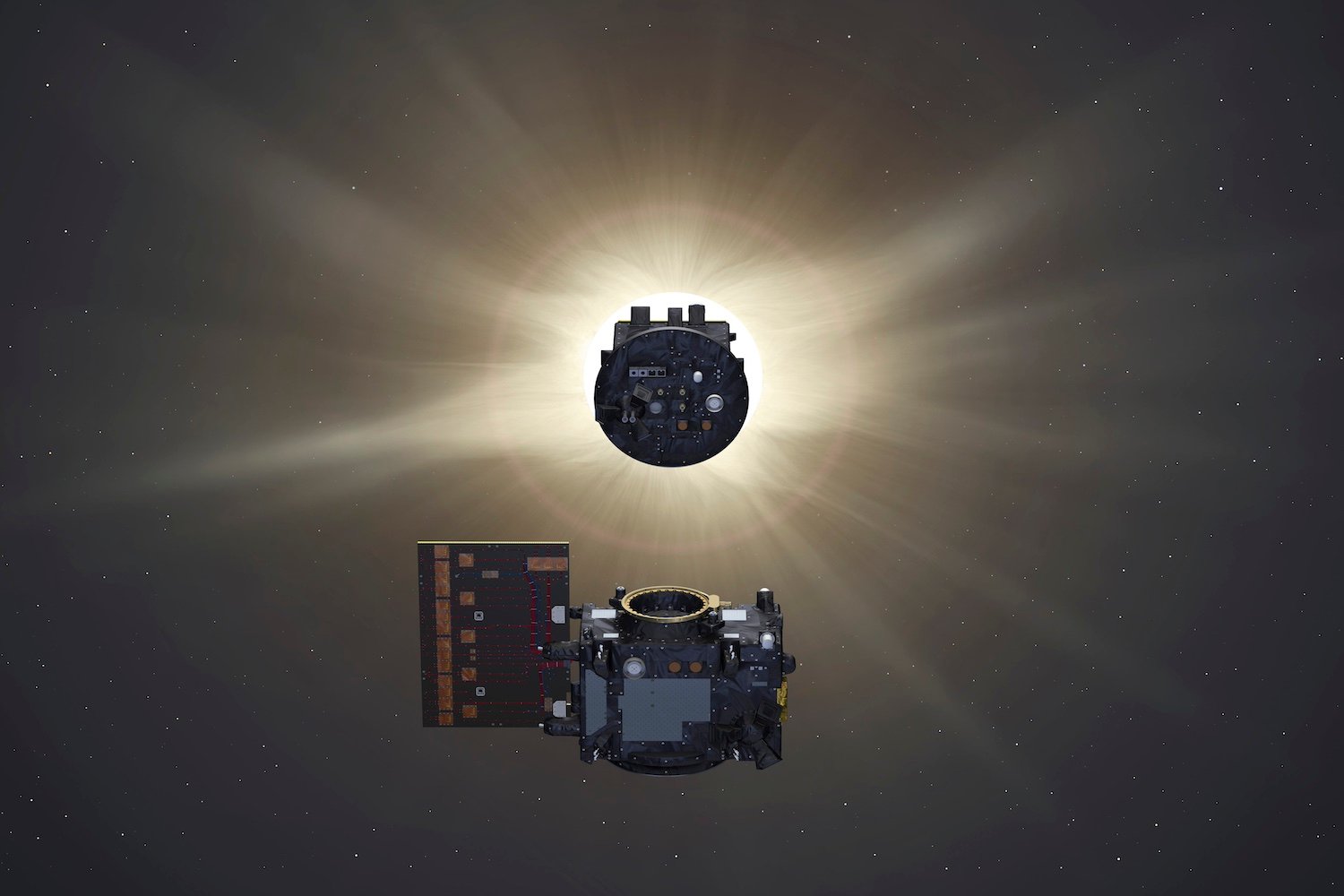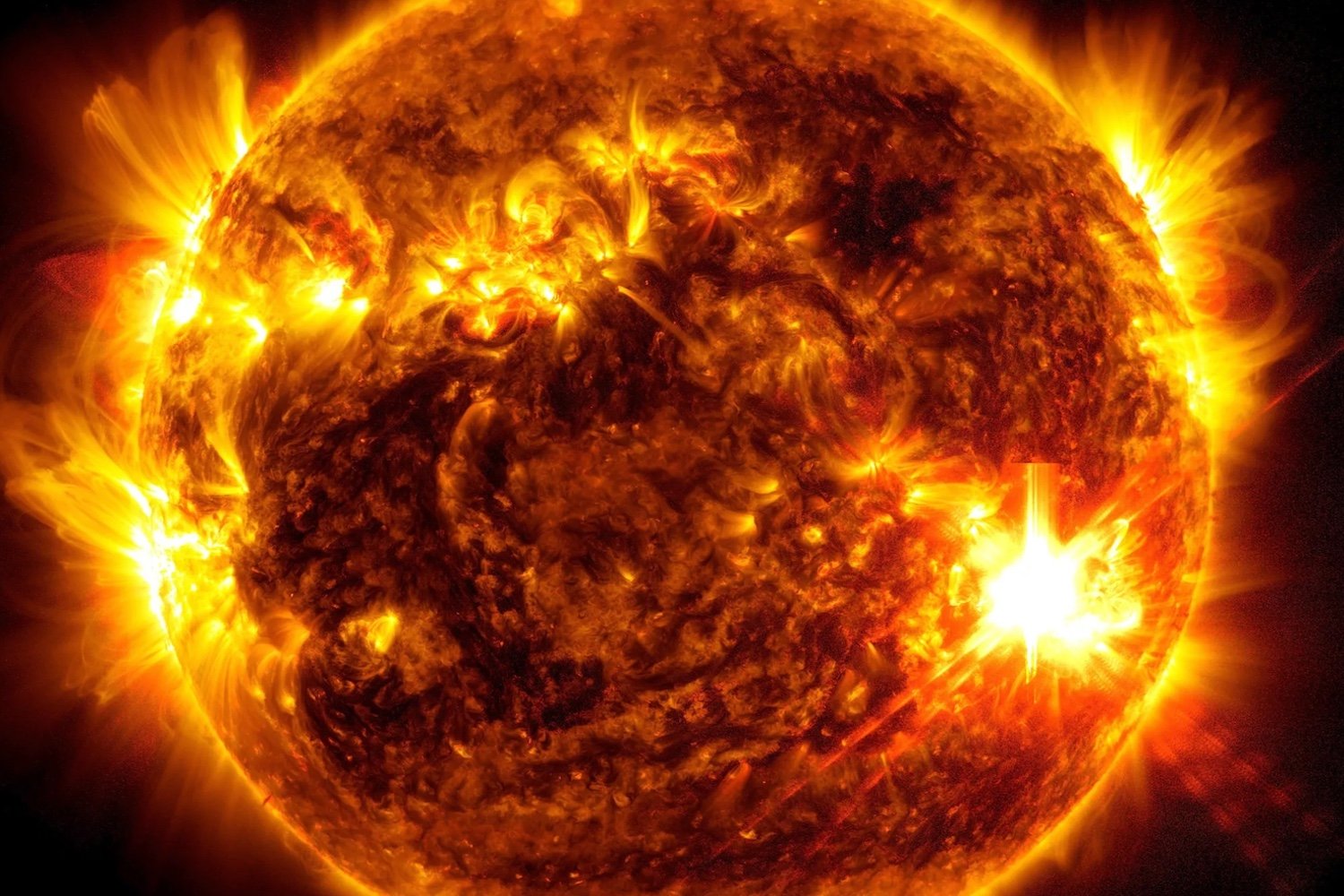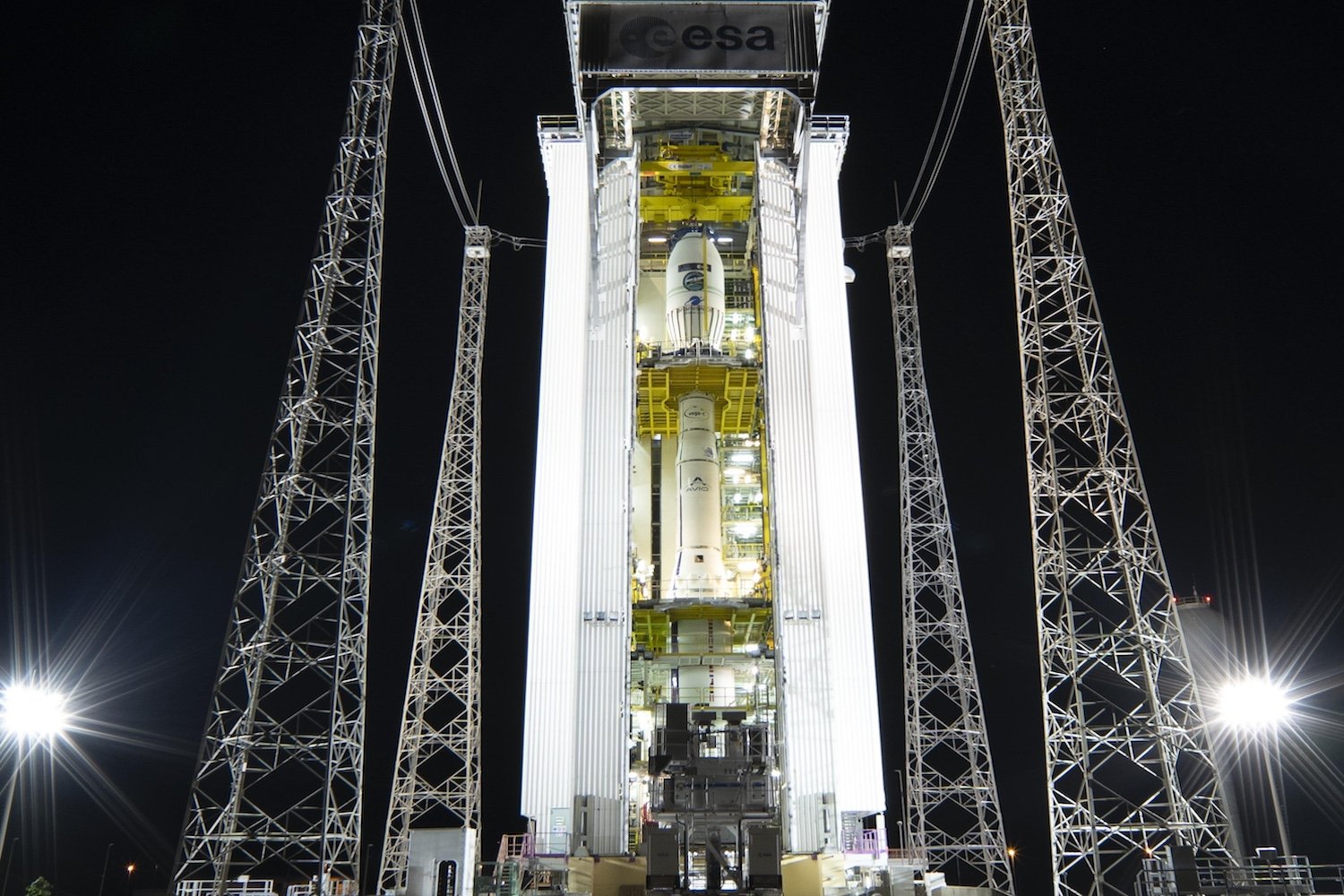NASA’s Voyager 1 spacecraft, after a month of silence, has resumed regular operations. The iconic probe, currently billions of miles from Earth in interstellar space, experienced a communication disruption in late October, prompting engineers to work tirelessly to restore full functionality.
The issue began when Voyager 1 unexpectedly switched off its primary X-band radio transmitter. This forced the mission team to rely on a backup S-band transmitter, significantly weaker and unused since 1981. This weaker signal made data collection challenging, emphasizing Voyager 1’s increasing operational difficulties at such a vast distance.
Launched in 1977, Voyager 1 holds the distinction of being the first human-made object to enter interstellar space. Its current distance of 15 billion miles (24 billion kilometers) from Earth presents significant challenges for communication and maintenance. The recent communication disruption underscores the complexities of operating a spacecraft so far from home.
The root cause of the issue traced back to Voyager 1’s fault protection system. When engineers activated one of the spacecraft’s heaters, the system, designed to protect the probe, mistakenly interpreted the power draw as a critical issue. With non-essential systems already deactivated to conserve power, the fault protection system shut down the X-band transmitter, activating the less power-intensive S-band transmitter instead.
Recognizing the importance of maintaining robust communication, the Voyager 1 team prioritized restoring the X-band transmitter. After successfully reactivating it, engineers are now focused on completing the remaining tasks, such as resetting the system that synchronizes the spacecraft’s three onboard computers, to return Voyager 1 to its normal operational state.
Both Voyager 1 and its twin, Voyager 2, face dwindling power supplies. Their power source, the heat generated by decaying plutonium, diminishes by approximately 4 watts annually. This necessitates continuous efforts to conserve power by turning off non-essential systems and implementing innovative solutions to extend the probes’ operational lifespan.
The Voyager team has demonstrated remarkable ingenuity in keeping the mission alive. They recently implemented a procedure to switch to a different set of thrusters, overcoming a blockage issue in the original thrusters caused by silicon dioxide buildup. Earlier this year, the team also resolved a communication glitch that caused Voyager 1 to send garbled data back to Earth.
Voyager 1 continues to provide invaluable insights into the outer reaches of our solar system and the interstellar environment. During its journey, the spacecraft made groundbreaking discoveries, including close encounters with Jupiter and Saturn, and the identification of new moons and planetary rings. Despite the challenges posed by the harsh space environment and the immense distance, the Voyager team remains dedicated to maintaining the mission and maximizing its scientific return.
While the aging probe continues to face challenges, its resilience and the dedication of the mission team ensure that Voyager 1 will continue to explore the uncharted territories of interstellar space, sending back valuable data for as long as possible.



